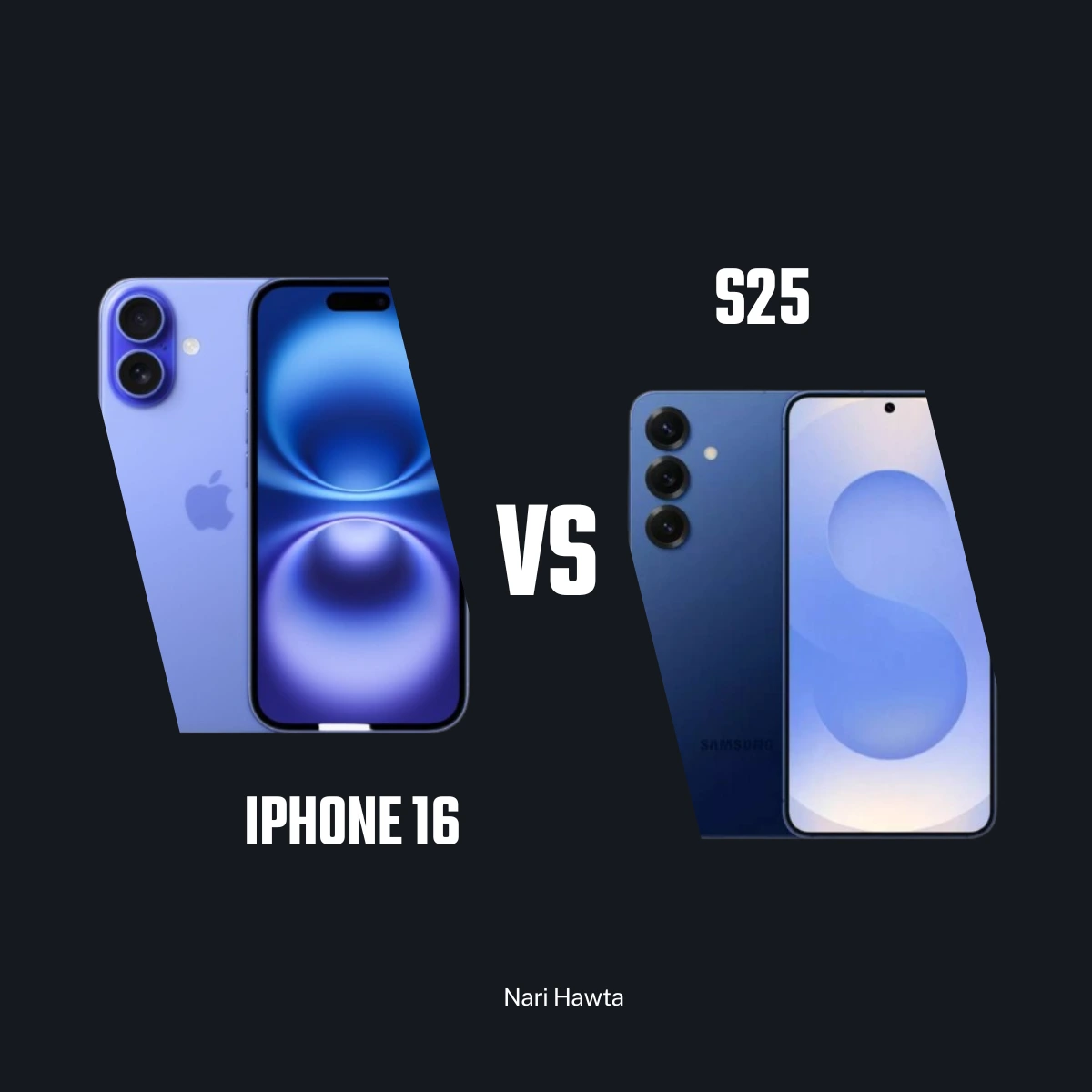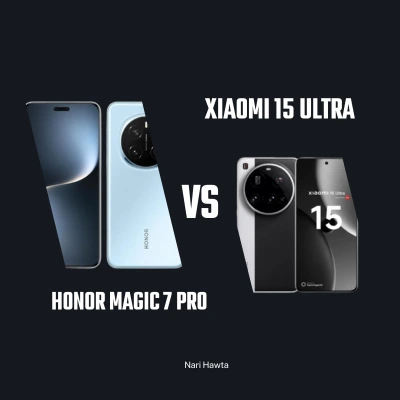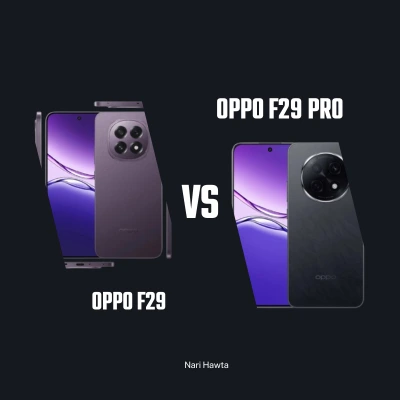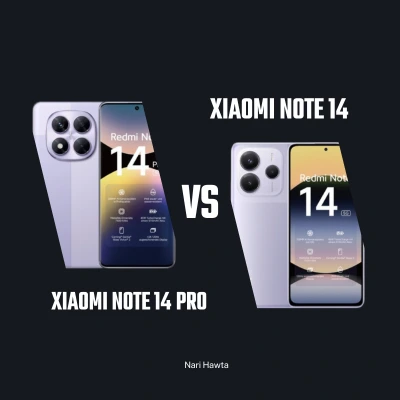The smartphone wars are heating up again! Samsung’s Galaxy S25 and Apple’s iPhone 16 are set to battle for supremacy, each packing cutting-edge tech that promises to redefine mobile excellence.
Will Samsung’s 200MP camera and blazing-fast charging outshine Apple’s A18 Pro chip and unmatched ecosystem? Or does the iPhone’s legendary video quality and long-term support make it the smarter buy?
We’ve put these titans head-to-head in performance, cameras, battery life, and more to help you decide which flagship truly deserves your wallet. Let the battle begin!
| Samsung Galaxy S25 | iPhone 16 | |
|---|---|---|
| Display | 6.3-6.5" Dynamic AMOLED 2X, 120Hz LTPO | 6.1-6.7" Super Retina XDR OLED, ProMotion ( |
| Resolution | QHD+ (1440p) | ~1179 x 2556 (iPhone 16) / ~1290 x 2796 (Pro) |
| Processor | Snapdragon 8 Gen 4 (or Exynos 2500) | A18 Pro (3nm, Enhanced AI & GPU) |
| RAM | 12GB LPDDR5X | 8GB (Pro models may get more) |
| Storage | 128GB/256GB/512GB/1TB (UFS 4.0) | 128GB/256GB/512GB/1TB (NVMe) |
| Battery | ~4,800mAh (45W wired, 15W wireless) | ~3,500-4,000mAh (20W wired, 15W MagSafe) |
| Charging | 45W Fast Charging, 15W Wireless | 20W Fast Charging, 15W MagSafe |
| OS | Android 15 (One UI 7) | iOS 19 |
| Cameras (Rear) | 200MP (Main) + 50MP (Ultra-wide) + 12MP (Tele) | 48MP (Main) + 12MP (Ultra-wide) + 12MP (Tele - Pro) |
| Selfie Camera | 12MP under-display | 12MP (Dynamic Island cutout) |
| Video Recording | 8K @ 30fps, 4K @ 120fps | 4K @ 60fps, ProRes support |
| AI Features | Enhanced Galaxy AI, real-time translation | Siri upgrades, advanced on-device AI |
| Design | Titanium frame, IP68 | Titanium frame (Pro), Ceramic Shield |
| Security | Ultrasonic fingerprint + Face Unlock | Face ID (under-display Touch ID rumored) |
| 5G Modem | Integrated (Snapdragon/Exynos) | Qualcomm X75 (or Apple’s in-house modem) |
Samsung Galaxy S25
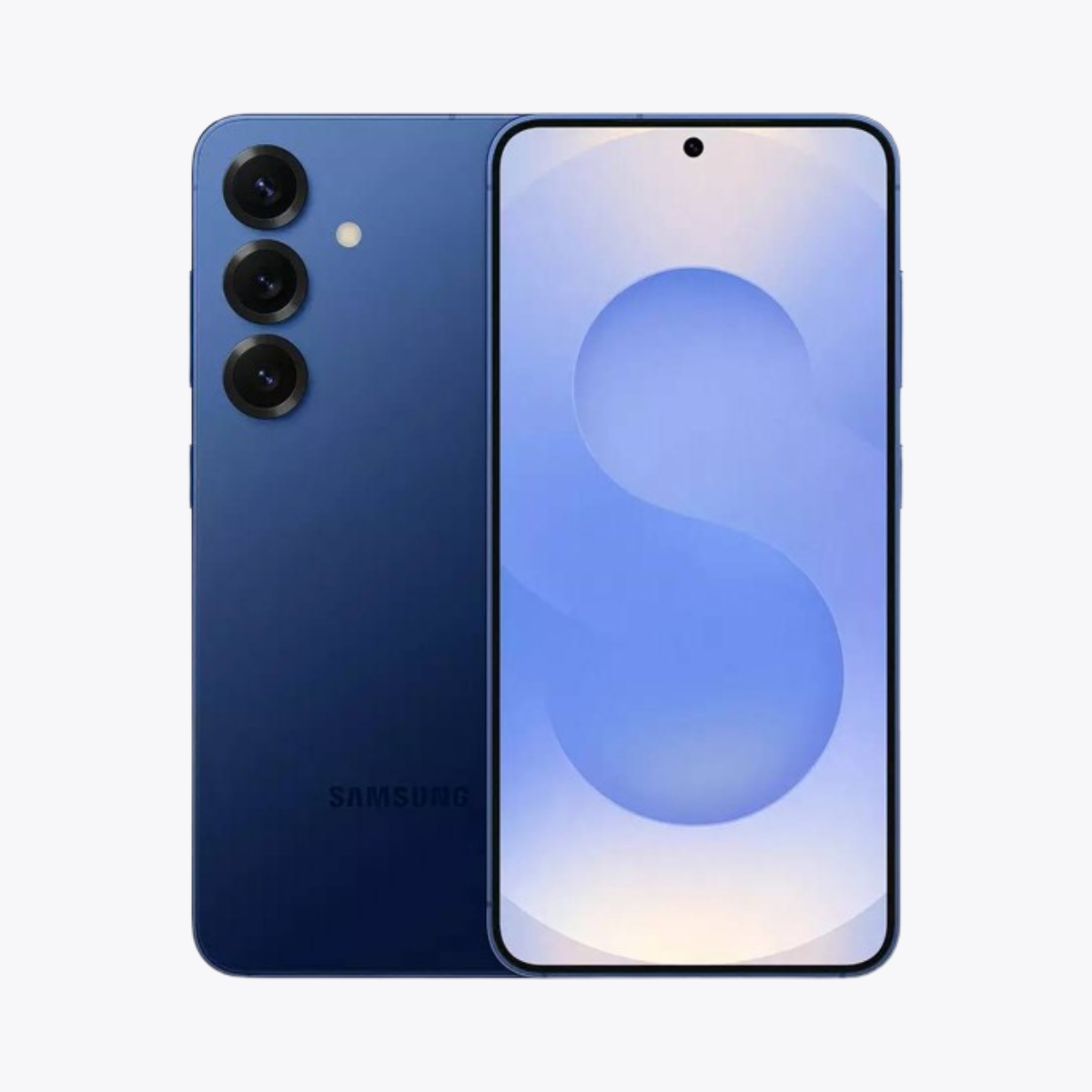
Samsung Galaxy S25
- Stunning Display – QHD+ Dynamic AMOLED with 1-120Hz LTPO, brighter and sharper than most iPhones.
- Faster Charging – 45W wired + 15W wireless (vs. Apple’s slower 20W).
- More Camera Flexibility – 200MP main sensor + periscope zoom (up to 10x optical) for superior detail and zoom.
- Customization & Open Ecosystem – Android 15 + One UI 7 allows deeper personalization, sideloading apps, and better file management.
- Better Multitasking – 12GB RAM (vs. iPhone’s 8GB) helps with heavy apps and gaming.
- More Storage Options – Starts at 128GB (UFS 4.0 is faster than base iPhone storage).
- Versatile Biometrics – Ultrasonic fingerprint + face unlock (iPhone relies only on Face ID).
- Slower Software Updates – Samsung offers 4-5 years of updates vs. Apple’s 6-7 years.
- Bloatware – Pre-installed Samsung/Google apps may not appeal to everyone.
- Fragmented Performance – Exynos models (in some regions) may lag behind Snapdragon.
- Weaker Video Recording – Despite 8K support, Apple’s 4K Dolby Vision is still superior.
- Resale Value Drops Faster – iPhones hold value longer in the used market.
Design
The Galaxy S25 is expected to feature a premium titanium frame (similar to the S24 Ultra) with a sleek, minimalist design. Samsung may further reduce bezels, possibly introducing an under-display front camera for a truly uninterrupted display. The phone will likely retain an IP68 rating for dust and water resistance, with Gorilla Glass Victus 3 protection. Colors could include new matte finishes, and the overall design might be slightly more angular than its predecessor.
Display
Samsung’s flagship is rumored to have a 6.3-6.5-inch Dynamic AMOLED 2X display with QHD+ resolution (1440p) and a 1-120Hz LTPO adaptive refresh rate. Expect brighter HDR performance (possibly 2,500+ nits peak brightness) and improved visibility under sunlight. The S25 might also introduce advanced anti-reflective coating and better touch response for gaming.
Privacy & Security
Samsung will likely continue using an ultrasonic fingerprint scanner (more secure than optical ones) alongside AI-powered face unlock. The phone will run Knox Security 3.0, offering hardware-level encryption, secure folders, and private share features. Samsung also emphasizes on-device AI processing for sensitive tasks, reducing cloud dependency.
Cameras
The S25 could feature a 200MP main sensor (with improved pixel-binning for better low-light shots), a 50MP ultra-wide, and a 12MP periscope telephoto (with up to 10x optical zoom). Samsung’s AI-powered image processing will enhance night mode, portrait shots, and video stabilization. Expect 8K 30fps recording and 4K 120fps slow-motion. The under-display selfie camera (if included) may be 12MP with better low-light performance.
Performance & Software
The S25 will likely run on either the Snapdragon 8 Gen 4 (in most regions) or Exynos 2500 (in some markets), both built on a 3nm process for better efficiency. It should have 12GB RAM (LPDDR5X) and UFS 4.0 storage. Software-wise, it will launch with Android 15 + One UI 7, featuring Galaxy AI enhancements (real-time translation, AI-generated wallpapers, and smarter Bixby).
Battery
The battery capacity may increase to 4,800mAh, with 45W wired fast charging and 15W wireless charging. Samsung could optimize power efficiency further with AI-based battery management, extending screen-on time. Reverse wireless charging (for earbuds/watches) is also expected.
iPhone 16
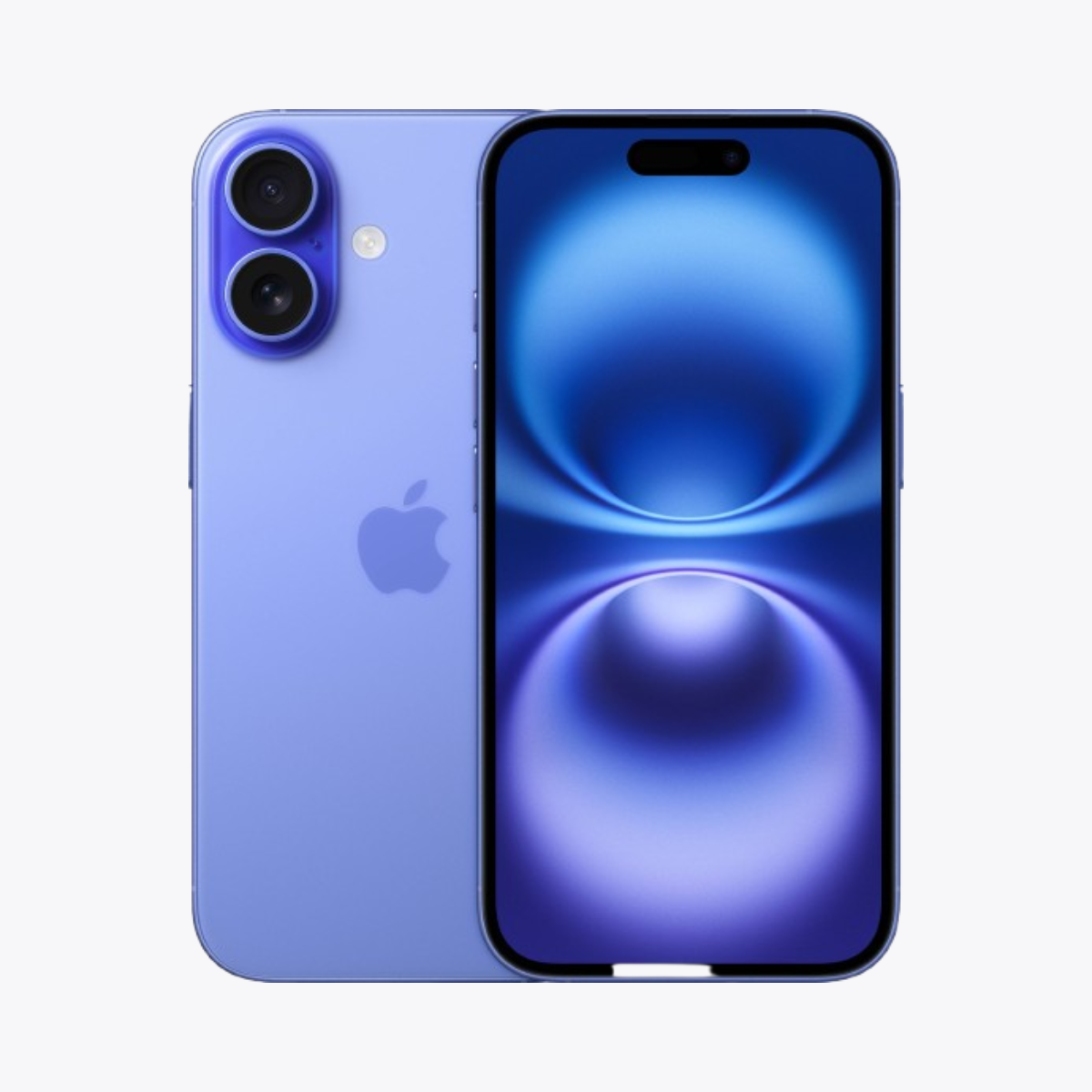
Apple iPhone 16
- Longer Software Support – 6-7 years of iOS updates (vs. Samsung’s 5).
- Best Video Recording – Cinematic Mode, ProRes, and Dolby Vision outperform Samsung.
- Superior Chip Efficiency – A18 Pro (3nm) will likely be faster and more power-efficient than Snapdragon 8 Gen 4.
- Stronger Ecosystem – Seamless integration with Mac, iPad, Apple Watch, and AirPods.
- Better App Optimization – iOS apps are often more polished and optimized.
- Privacy-Focused – Face ID + iOS encryption is more secure than most Android implementations.
- Higher Resale Value – iPhones retain value better over time.
- Slower Charging – Still 20W wired, 15W MagSafe (much slower than Samsung).
- No Periscope Zoom (Standard Model) – Only Pro iPhones get the best zoom.
- Less Customizable – iOS is more restrictive (no sideloading, limited home screen flexibility).
- Lower Base Storage (Possibly) – Rumors suggest 128GB still starts at a high price.
- No USB-C Fast Data Speeds (Standard Model) – Pro models may get Thunderbolt, but base iPhone 16 could still use USB 2.0 speeds.
- No Always-On Display Customization – Samsung’s AOD is more feature-rich.
Design
The iPhone 16 is rumored to have a refined titanium frame (similar to iPhone 15 Pro) with a slightly larger Dynamic Island for better Face ID and notifications. Apple may introduce a new "Capture Button" (dedicated for quick camera access). The standard model could get a vertical camera layout (like iPhone 12), while the Pro models retain a matte glass back. Ceramic Shield and IP68 water resistance will remain.
Display
Apple will likely stick with 6.1-inch (iPhone 16) and 6.7-inch (16 Plus) OLED displays, featuring Super Retina XDR with ProMotion (1-120Hz LTPO). Peak brightness could exceed 2,000 nits for HDR content. The always-on display may get more customization, and Apple might reduce bezels further.
Privacy & Security
The iPhone 16 will rely on Face ID (possibly with faster recognition) and iOS 19’s enhanced privacy controls. Apple may introduce new biometric security features, like under-display Touch ID (rumored but unconfirmed). iOS will continue emphasizing on-device processing, App Tracking Transparency, and iCloud end-to-end encryption.
Cameras
The base iPhone 16 may get a 48MP main sensor (with better low-light performance), a 12MP ultra-wide, and a 12MP telephoto (Pro models only). Apple will focus on computational photography, improving Night Mode, Portrait Mode, and Smart HDR. Video capabilities will include 4K 60fps Dolby Vision and ProRes support. The front camera will remain 12MP but with better AI enhancements.
Performance & Software
The iPhone 16 will run on the A18 Pro chip (3nm), offering 20-30% faster CPU/GPU performance and major AI upgrades (for Siri, photo editing, and AR). RAM could stay at 8GB (LPDDR5). iOS 19 will bring AI-driven features (like auto-summarizing notifications, smarter Spotlight, and enhanced Siri).
Battery
Battery capacity may increase slightly (~3,500-4,000mAh), but Apple will focus on efficiency improvements via the A18 Pro. Charging speeds could remain at 20W wired and 15W MagSafe wireless. iOS 19 may introduce better battery health management and AI-based power optimization.
